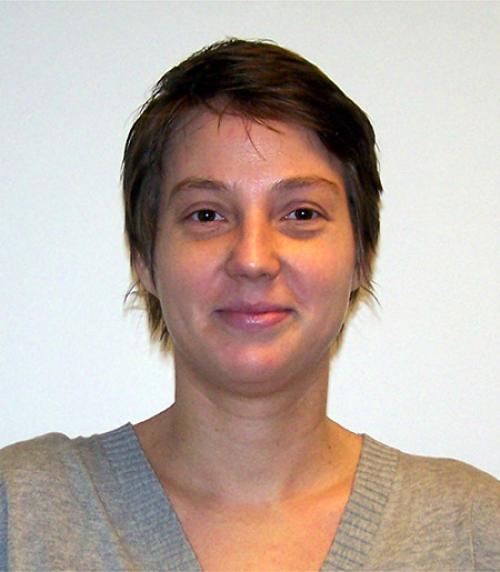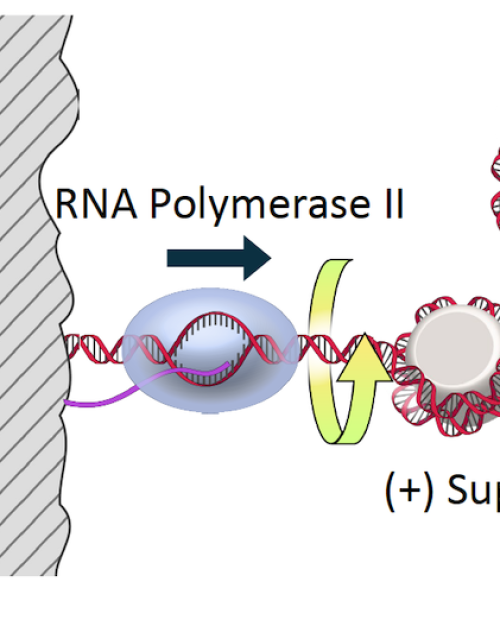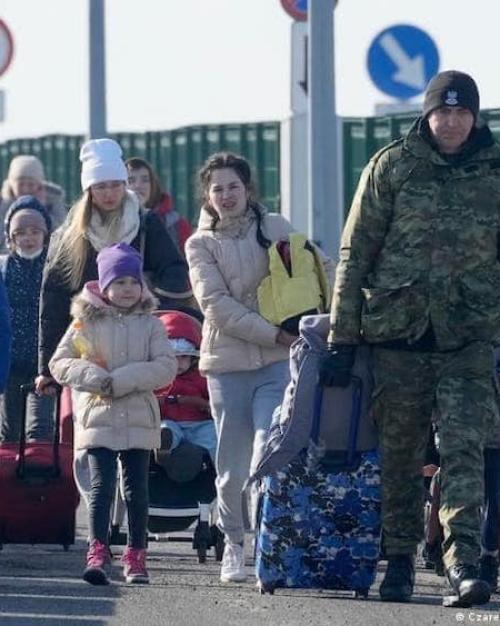The Biden administration made two major announcements affecting our refugee and asylum systems today, including the acceptance of up to 100,000 Ukrainians over the next few months.
Maria Cristina Garcia, professor of history and Latina/o studies, is an expert on U.S. migration and refugees.
Garcia says: “Biden’s announcement that the U.S. will admit 100,000 Ukrainian refugees brings to mind the Hungarian refugee crisis of 1956. More than 200,000 Hungarians fled to neighboring Austria during the Soviet crackdown on the Hungarian revolution and the U.S. admitted over 38,000 in order to ease the economic burden on postwar Austria.
“Some Ukrainian refugees brought to the U.S. will have one legal advantage over the Hungarians of ’56. If they are admitted under the Refugee Admissions Program, they will be placed on an immediate path to citizenship. The Hungarians of 1956 were humanitarian parolees who were legally vulnerable to removal until Congress allowed them to adjust their status to permanent residency.
“The scale of the Ukrainian refugee crisis is much more worrisome – and perhaps intractable – and many nations will need to absorb a share of the 3.7 million refugees.”
For media inquiries contact: Becka Bowyer, cell: (607) 220-4185, rpb224@cornell.edu.
Image by Ministry of Internal Affairs of Ukraine/Creative Commons license 4.0.




